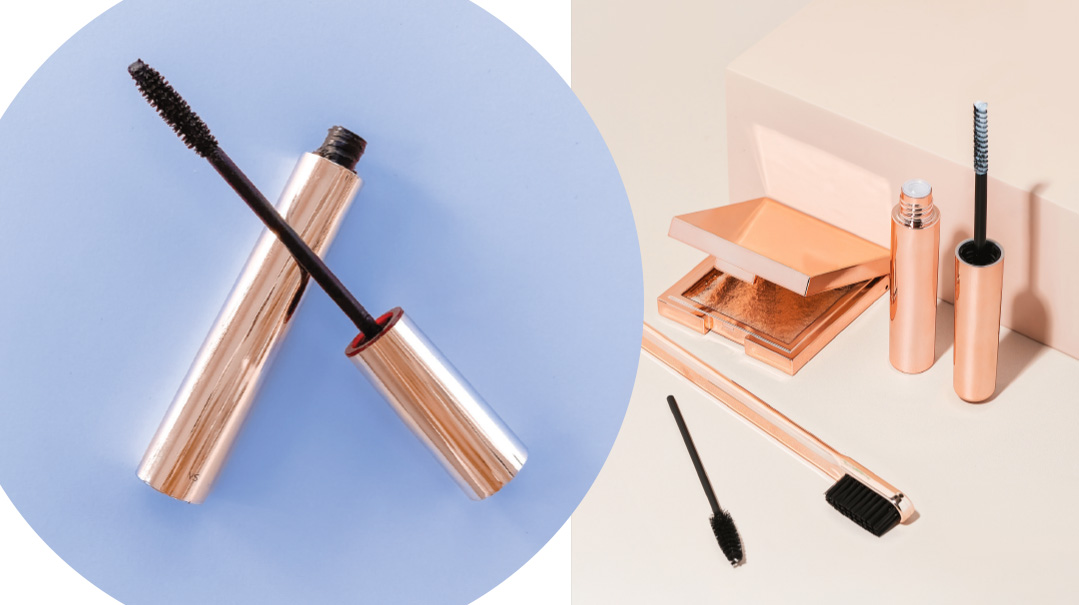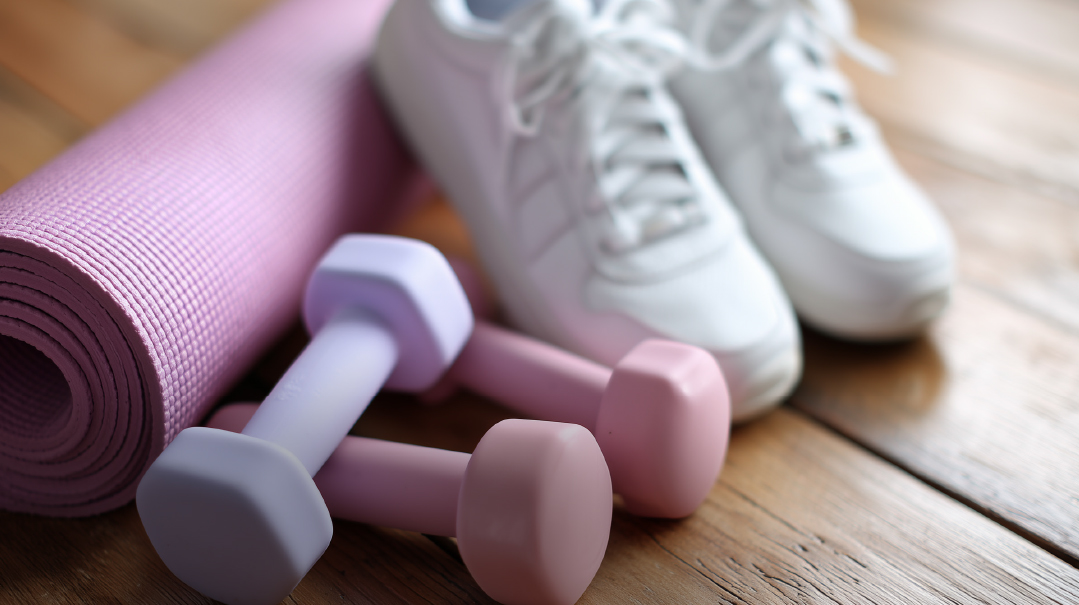Expert Eye: Thread Lightly
| April 8, 2025A guide to the best spring fabrics

I’ve risked my entire bank balance by walking into these showrooms, and I’ve walked out with enough free samples to sew a beketshe for a Bentley. For information on finding the best spring fabrics, I spoke to Judy Friedman of Judy Friedman Design, Donna Randazzo of JAB Anstoetz, and Simona Musti of Fortuny. According to these experts, the best and highest-quality spring fabrics are cotton, linen, and silk.
Somebody Pinch Me
Donna demonstrates how a designer can handle a roll of fabric to see if the material drapes. “You hold up a few yards and pinch it at the top. If it folds elegantly below the pinch, it’s a good option for clothing. But if it resists draping, it’s better for upholstery.” A stiffer, thicker fabric can be used for structured clothing, like jackets or collars. For spring and summer clothing, the fabric’s ability to drape and pleat is important.
“When a fabric is one hundred percent of one fiber, that’s usually an indication of the best quality,” Judy says. “But lower-quality fabric mixes can be very beautiful and still function well. Rayon is a great blending material.”
Cotton and linen can be ironed on moderate to high heat. Synthetics and silk should be ironed on low heat. If a clothing item claims to be made of one fabric, but the ironing instructions do not match that fabric — for example, if the clothing says 100 percent cotton but is labeled as non-iron — that’s an indication of low quality.
Oops! We could not locate your form.







